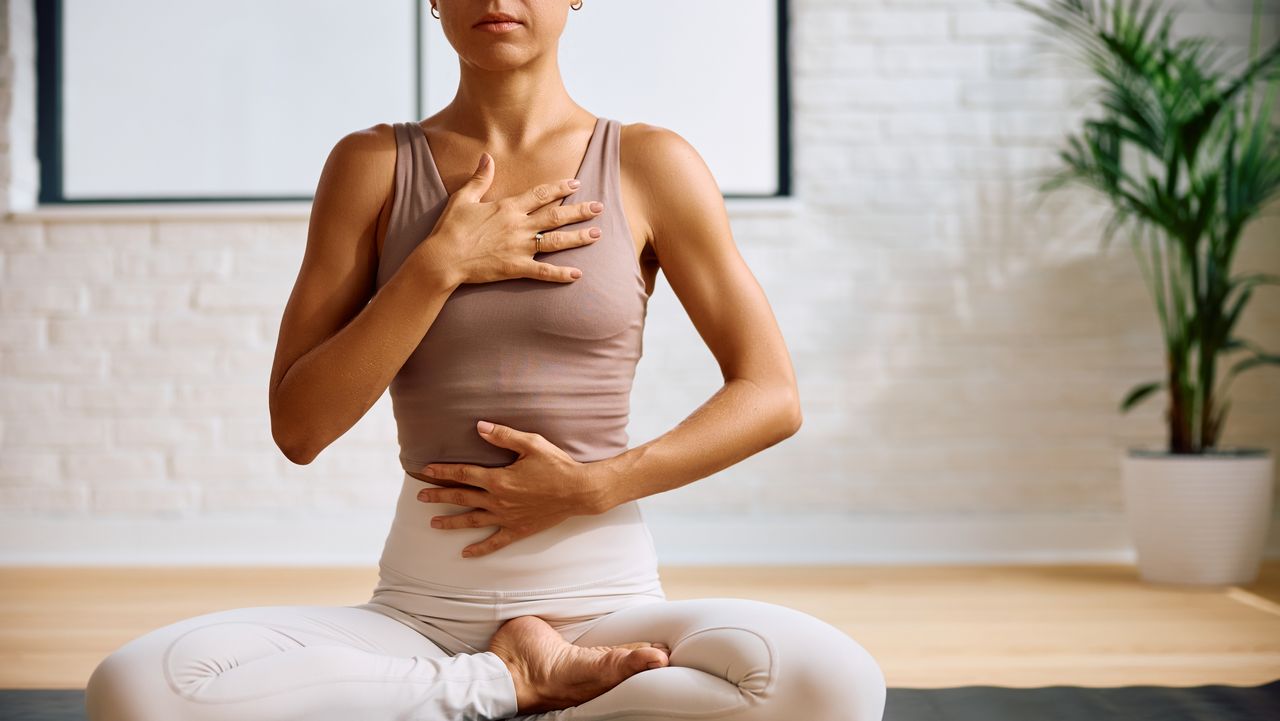Health
Build Mental Strength with This 5-Minute Mindfulness Routine

The emphasis on physical fitness continues to evolve, with a growing focus on mental well-being in 2025. As individuals pursue personal bests and tackle substantial physical challenges, the integration of mindfulness practices is becoming increasingly popular. Mindfulness, at its core, involves being present and aware of one’s surroundings and internal state. This shift highlights the importance of slowing down and nurturing mental health alongside physical fitness.
To delve into the connection between mindfulness and mental strength, I spoke with Vladimir Novkov, a sports psychologist specializing in performance enhancement for athletes and professionals. Novkov shared a straightforward mindfulness routine that requires no special equipment and can be done in just five minutes. The key is to find a quiet space free from distractions, such as mobile phones, televisions, or work-related noise.
Mindfulness Meditation Routine
Novkov emphasizes that mindfulness meditation centers on the philosophy of solitude, allowing individuals to engage their parasympathetic nervous system. This part of the nervous system promotes relaxation and recovery, leading to a sense of calm. A commitment of just five to ten minutes daily can significantly enhance one’s awareness and connection to their body.
**Step 1: Box Breathing**
The initial phase of this routine involves a technique known as box breathing. Novkov instructs participants to stand tall and close their eyes, taking a few deep breaths to center themselves. The box breathing sequence includes inhaling for a count of three, holding the breath for three counts, exhaling for three, and then holding again for three counts. This cycle is repeated ten times.
During this practice, it is natural for thoughts to emerge, both positive and negative. Novkov advises against judging these thoughts. Instead, acknowledge them and allow them to pass. This step fosters mindfulness by encouraging individuals to observe their thoughts while maintaining focus on their breath.
**Step 2: Gentle Stretching**
Following the box breathing, Novkov recommends engaging in gentle stretching. Stretching not only signals the body to relax but also enhances the mindfulness experience. For those seated, simple neck stretches can be effective. Stretching each side for approximately thirty seconds can provide a deep release of tension in the neck. Additionally, reaching upward with each hand can deepen the stretch and extend it to the back.
**Step 3: Return to Breathing**
After stretching, participants should resume the box breathing technique for an additional few minutes. Novkov notes that this phase might bring more intense thoughts to the forefront. The aim here is to continue focusing solely on the breath, practicing the art of doing nothing but observing.
In total, Novkov suggests spending around five to ten minutes on this mindfulness practice. While daily practice is not mandatory, regular engagement can lead to a heightened sense of relaxation and a deeper connection to one’s body.
The Benefits of Mindfulness
Mindfulness offers several advantages that extend beyond mere relaxation. Novkov explains that attention functions like a muscle; it can become fatigued with overuse and requires scheduled rest to remain effective. In today’s fast-paced environment, where distractions abound, it is easy to lose focus.
Implementing Novkov’s concise mindfulness routine can help reset attention systems in the brain. “From a performance psychology perspective, attention works like a muscle: it gets tired when you use it too much and needs scheduled rest to stay accurate and stable,” he explains.
Moreover, mindfulness practices can enhance cognitive performance. A short, focused break allows the brain to declutter, clearing mental space to improve decision-making and reaction times, particularly under stress. Novkov highlights the concept of “mental decluttering,” which can enhance executive control, directly impacting focus and response during challenging situations.
Mindfulness also fosters a sense of control that can diminish in high-pressure environments. By observing thoughts rather than reacting impulsively, individuals can approach challenges with greater awareness and composure, whether in the realm of fitness or professional demands.
As the fitness landscape continues to evolve, incorporating mindfulness into daily routines can facilitate not only physical strength but also mental resilience.
-

 Technology5 months ago
Technology5 months agoDiscover the Top 10 Calorie Counting Apps of 2025
-

 Health3 months ago
Health3 months agoBella Hadid Shares Health Update After Treatment for Lyme Disease
-

 Health3 months ago
Health3 months agoErin Bates Shares Recovery Update Following Sepsis Complications
-

 Technology4 months ago
Technology4 months agoDiscover How to Reverse Image Search Using ChatGPT Effortlessly
-

 Technology1 month ago
Technology1 month agoDiscover 2025’s Top GPUs for Exceptional 4K Gaming Performance
-

 Technology3 months ago
Technology3 months agoElectric Moto Influencer Surronster Arrested in Tijuana
-

 Technology5 months ago
Technology5 months agoMeta Initiates $60B AI Data Center Expansion, Starting in Ohio
-

 Technology5 months ago
Technology5 months agoRecovering a Suspended TikTok Account: A Step-by-Step Guide
-

 Health4 months ago
Health4 months agoTested: Rab Firewall Mountain Jacket Survives Harsh Conditions
-

 Lifestyle5 months ago
Lifestyle5 months agoBelton Family Reunites After Daughter Survives Hill Country Floods
-

 Technology4 months ago
Technology4 months agoHarmonic Launches AI Chatbot App to Transform Mathematical Reasoning
-

 Health3 months ago
Health3 months agoAnalysts Project Stronger Growth for Apple’s iPhone 17 Lineup











